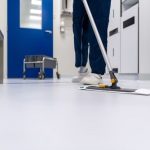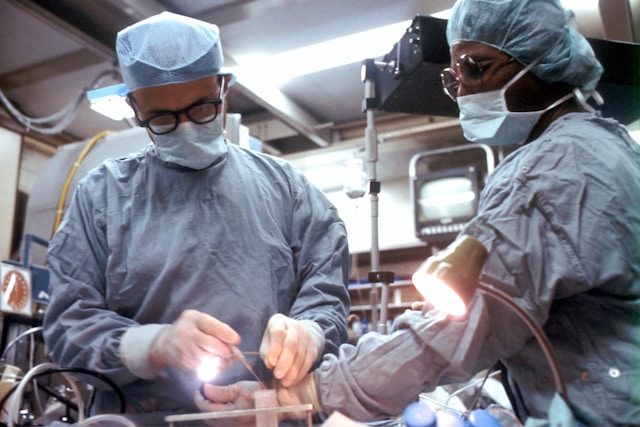Rhinoplasty, often referred to as a nose job, stands as a prominent choice for individuals in Sydney seeking aesthetic enhancements and functional improvements to their nasal structure. This surgical intervention goes beyond mere cosmetic alterations, offering solutions for better breathing, correction of congenital anomalies, and repair of nasal injuries. Sydney, known for its high standards in medical practices and home to some of Australia’s leading surgeons, presents an ideal setting for those contemplating this transformative procedure. This article embarks on a detailed exploration of Rhinoplasty in Sydney, aiming to equip individuals with the vital information necessary for making an informed decision within the context of Sydney’s medical landscape.
Introduction to Rhinoplasty
Rhinoplasty, or nose job, is a common surgical procedure that is aimed at changing the shape or functionality of the nose. Surgeons can modify bone, cartilage, skin, or all three to achieve the desired outcome. This operation can address aesthetic concerns, correct congenital disabilities, repair injuries, and solve breathing issues.
Reasons for Considering Nose Job
Individuals opt for nose jobs for a myriad of reasons. Cosmetic improvements, such as altering the nose’s size, shape, or symmetry, are among the primary motivations. However, functional corrections to resolve breathing difficulties or reconstructive purposes following trauma or to correct birth defects are also significant reasons for undergoing this procedure.
The Procedure Explained
A nose job in Sydney is performed under general anesthesia or sedation. The technique chosen by the surgeon, either open or closed rhinoplasty, depends on the specific changes needed. The tissue that separates the nostrils is incised during an open surgery to provide the surgeon with complete access to the nasal structure. With closed surgery, no visible scars are left behind after nose incisions. To accomplish the desired appearance or function, the surgeon modifies the bone and cartilage that make up the nasal structure.
Recovery and Aftercare
The recovery period after a nose job is crucial for achieving optimal results. Initial swelling and bruising around the eyes and nose are common but gradually subside over the first few weeks. A splint and bandages are typically applied to support and protect the new structures during the initial healing phase. Following the surgeon’s aftercare instructions is paramount to ensure a smooth recovery. Activities impacting the nose should be avoided; follow-up appointments are essential for monitoring progress.
Risks and Considerations
Just like any other surgical procedure, rhinoplasty carries potential risks and complications. These include infection, bleeding, breathing difficulties, and the need for revision surgery. Dissatisfaction with the aesthetic outcome is also possible, underscoring the importance of realistic expectations and selecting an experienced surgeon.
Selecting the Right Surgeon
Selecting a skilled and knowledgeable surgeon is essential for a successful cosmetic surgery outcome in Sydney. A basic requirement is board certification in either plastic surgery or otolaryngology. Prospective patients should research surgeons’ credentials, review before-and-after photos of previous surgeries, and consider consultation feedback to make an informed choice.
Cost Considerations
The cost of Rhinoplasty in Sydney varies depending on the complexity of the procedure, the expert’s experience, and the geographic location of the practice. It is essential to note that this cosmetic surgery is typically not covered by insurance. However, partial or full coverage might be available if the procedure is performed for functional reasons. Discussing financial aspects with the surgeon’s office is advisable to understand all related costs.
Rhinoplasty is a complex surgical procedure with aesthetic and functional benefits. Individuals considering Rhinoplasty in Sydney should thoroughly research and understand all aspects of the procedure, including the reasons for surgery, the process, recovery and aftercare, risks, and the importance of choosing the right surgeon. Armed with comprehensive knowledge and realistic expectations, individuals can make wise decisions about undergoing surgery to achieve their desired outcomes.










